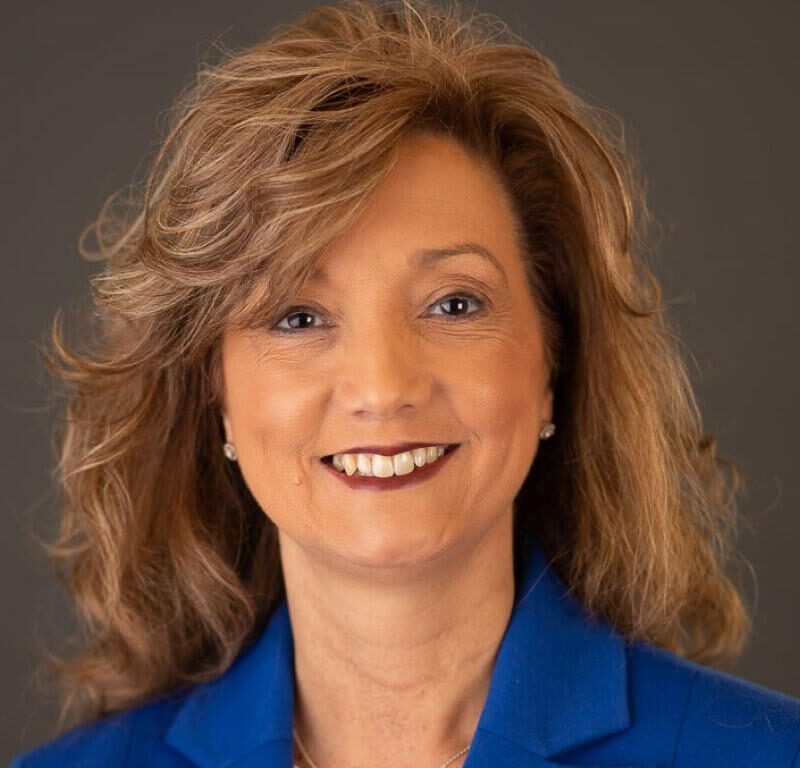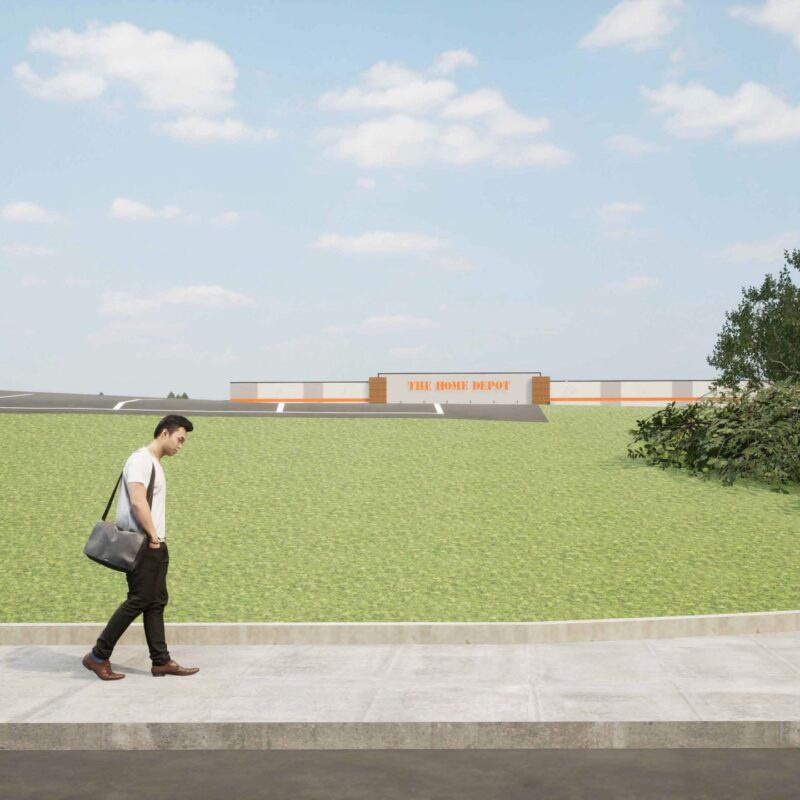The list of potential cost savings from the smoking ban is long: lower rates of fire, general liability, unemployment and workers’ compensation insurance; better worker retention; and less wear and tear on carpets, paint and HVAC systems. The anecdotal evidence and public conjecture about the relative revenue to be generated from smokers versus nonsmokers is even more abundant. And yet, it’s really too early to tell how the restaurant smoking ban effected December 1 will hit the bottom line of local bars and eateries. One Downtown Mall restaurateur put it to this way:
|
WAIT, THERE’S MORE! Room with a pee-yew: There’s still one way left to smoke in restaurants Quoting the law: What does it take to constitute a private club? Stink balm: Ban that smoky smell from your wardrobe Puff piece: Don’t need your lungs or kidneys anymore? Consider smoking Bowled over?: A local pipe lover offers his take on the smoking ban |
“Given the current state of the economy, the harshness of this winter’s weather, the trials and tribulations of post-rebricking Downtown businesses, and the fact that winters are always slow even under the best conditions (for Downtown, anyway), trying to assess the impact of the smoking ban is a bit like trying to take the pulse of a dead person.”
An uneven play field
The notion that smokers will now stay home in droves and consequently hurt restaurant and, in particular, liquor sales, is a little hard to inhale. For one thing, the smoking community is a diminishing population. Plus, more than half of the states in the country enacted similar restaurant and bar smoking bans years ago, so there’s already lots of data from places like California and New York City that indicates restaurant sales do not suffer.
|
Rapture and Club R2 owner Mike Rodi put a smoking ban into effect early, but ultimately reneged until “everyone [was] on equal playing ground.” |
But there are two major problems with Virginia’s smoking ban that render common sense and science less persuasive for business owners: a large exception and a toothless penalty.
Virginia’s law still permits smoking on an outdoor patio and in designated smoking rooms that are structurally separate and separately vented from the nonsmoking dining rooms, which must have their own public entrance. Otherwise, all restaurants and bars must post “No Smoking” signs, eliminate ashtrays and smoking paraphernalia and keep patrons from lighting up or face a $25 fine (patrons who violate the ban face the same fine).
Compliance with Virginia’s ban—officially called the Indoor Clean Air Act—primarily is monitored by the health department through routine restaurant inspections, which, depending on the type of establishment, occur up to four times a year. The priority for health department inspectors, however, is the prevention of food-borne illness.
Inspectors have no power to impose a fine under the act and must notify local enforcement, which has the power (and discretion) to issue a summons for violations. According to Eric S. Myers, environmental health supervisor for the Thomas Jefferson District of the Virginia Health Department (which oversees the City of Charlottesville and the counties of Albemarle, Fluvanna, Green, Louisa and Nelson) inspectors also have no power to suspend or revoke a food service business license in connection with violations of the act.
“I think the lawmakers either needed to give the ban more teeth—fewer loopholes so that the playing field really would be level—or else not put it in place,” says Rodi.
Myers says, “To date, we’ve had zero complaints across the five-county district,” and, according to the online records of routine restaurant inspections posted on the health department’s website, as of December 23, 2009, no restaurant in the district has been cited for any violations of the Indoor Clean Air Act. Myers says local inspectors have noted some instances of noncompliance, however, and chose to issue warnings instead.
In New York City, by contrast, where a restaurant and bar smoking ban was enacted in 2003, The New York Times reports that violations are blatant and rampant at higher end bars and lounges—the ones with the velvet ropes and doormen. That’s not the sort of self-indulged, celebrity-saturated, rules-don’t-apply-to-me scene that we have here. Still, only weeks after the ban took effect in Virginia, USA Today included Caddy’s Lounge in Midlothian, Virginia in an article about restaurants across the country flouting their own state and local bans because “it’s good business,” to quote the headline. Caddy’s owner Judy Maxie was paraphrased as saying that the ban’s $25 fine is cheaper than the revenue she’d lose if she complied.
And already rumors are circulating about sneaky smoking going on at Downtown Charlottesville bars. Concerns are mounting about which places will use the exception of a separately vented smoking room or, as Rodi refers to it, the “loophole.” Miller’s is reported to be building out the second floor, which already has a separate entrance, to make that a separately-vented nonsmoking area. There also have been misleading media reports about C&O Restaurant’s smoking status. Though owner Dave Simpson says that under the legislation he likely could allow smoking in one of his restaurant’s many separate dining rooms, particularly in the downstairs bistro, he’s not going to do so.
“We are nonsmoking,” he says. “Personally, I couldn’t be happier about it.”
Rodi also says that while he easily could make R2 qualify as a separate smoking room, he doesn’t want to do it.
Myers estimates that only about 15 of 850 or so establishments in the entire Thomas Jefferson District have already or are working with inspectors and local building officials to create a separately vented, legal smoking room.
Myers also expects that it will be a year before the health department conducts a full report on the impact of the ban.






